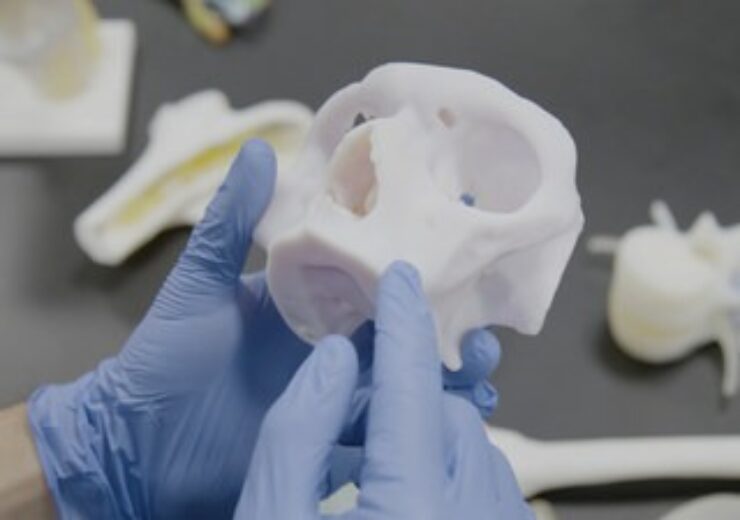The company takes the next big step in making patient-specific 3D models widely available, allowing healthcare practitioners to deliver precision medicine

RICOH 3D for Healthcare’s craniomaxillofacial (CMF) and orthopaedic patient-specific anatomic modelling secures approval from the FDA. (Credit: Ricoh USA, Inc.)
Ricoh announced that its RICOH 3D for Healthcare’s craniomaxillofacial (CMF) and orthopaedic patient-specific anatomic modelling has secured 510(k) approval from the US Food and Drug Administration (FDA).
RICOH 3D for Healthcare is a HIPAA-compliant end-to-end workflow solution for the development, design, and production of 3D-printed anatomic models.
It enables healthcare providers to create patient-specific representations of tissue and bone using Stratasys 3D printing technology.
The firm said that the exact copies allow clinicians to view inside the anatomy, giving them a better understanding of the patient’s demands.
It also integrates with IBM iConnect Access, an enterprise imaging solution from IBM Watson Health, making it simple to integrate into an existing workflow.
Providers have the option to choose a point-of-care solution, in which a Ricoh Managed Services team oversees the entire process utilising Stratasys 3D printers onsite at a healthcare centre.
Alternatively, they can also select an on-demand alternative, in which they place an order and have the models printed and transported directly to them from a Ricoh facility.
Ricoh USA Additive Manufacturing North America managing director Gary Turner said: “Ricoh is committed to healthcare innovation that will turn the tide on patient engagement and precision medicine.
“RICOH 3D for Healthcare does just that – offering a model matched to the unique anatomy of each individual patient.
“One of our goals is to address the needs of doctors and patients in specific areas with particularly high demand for 3D-printed anatomic models, the 510(k) clearance for CMF and orthopaedic models moves us further toward reaching this goal.”
The company intends to seek 510(k) clearance for additional treatment areas in the future.
